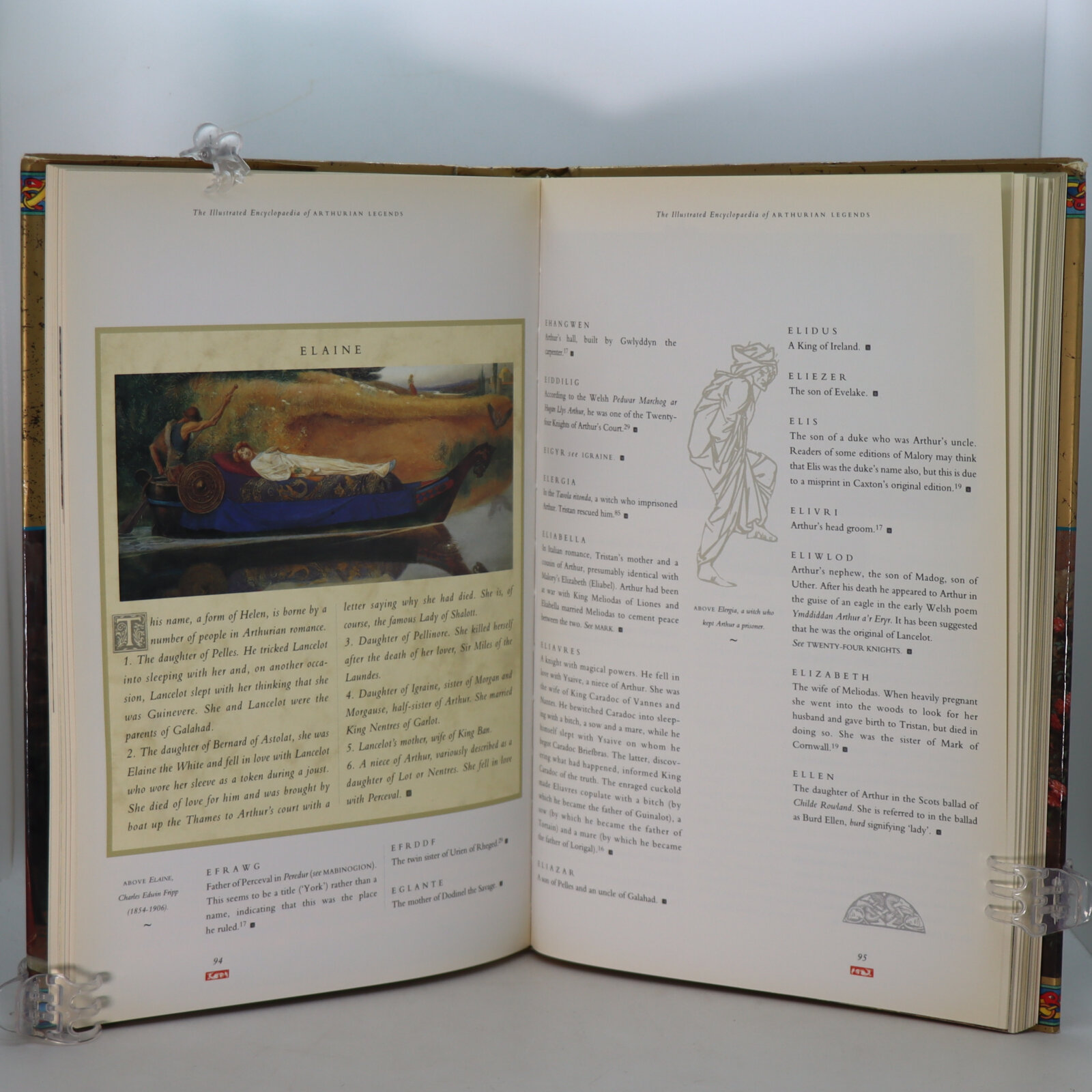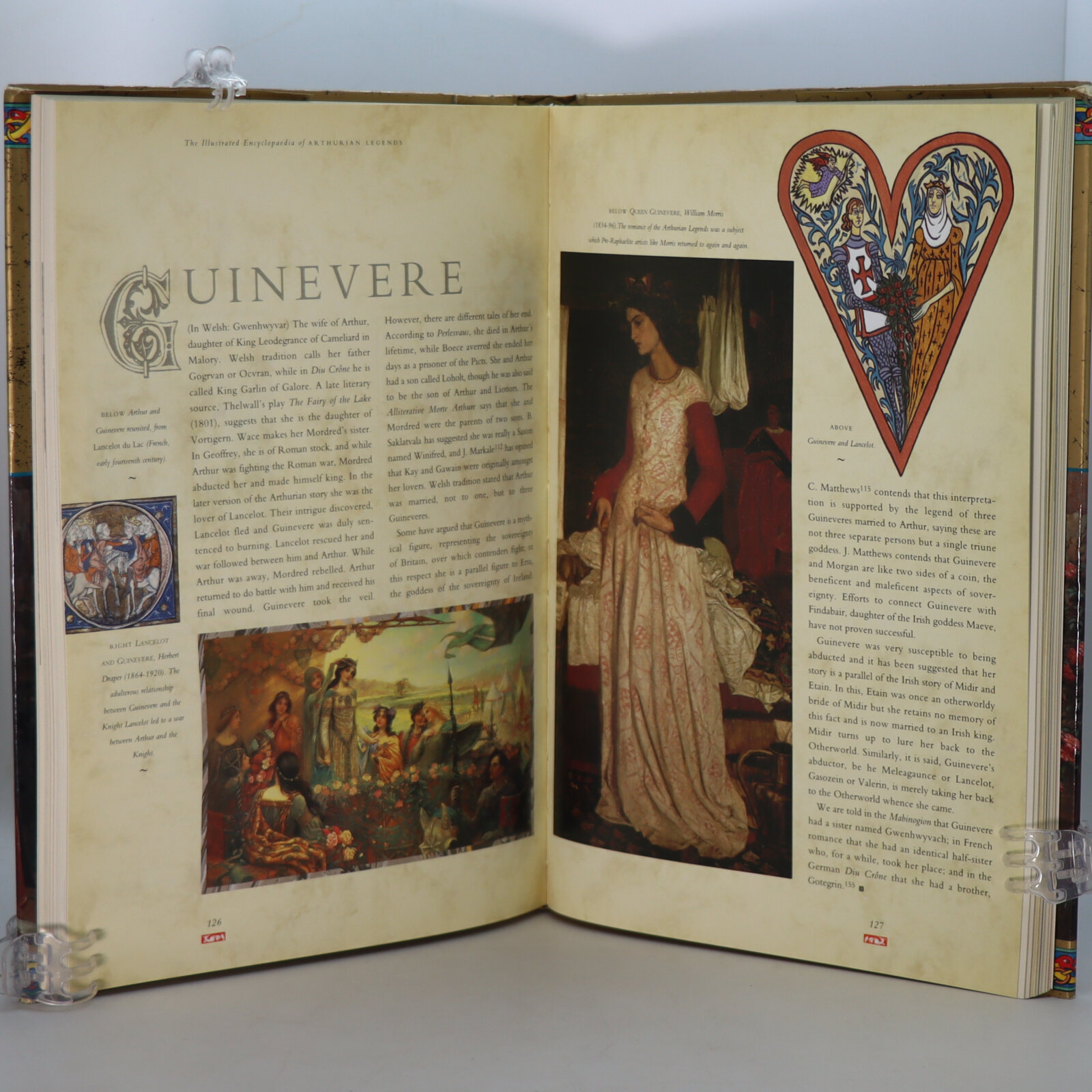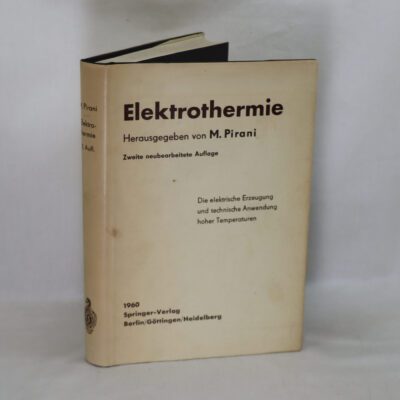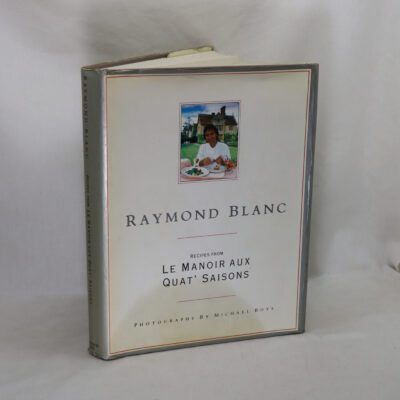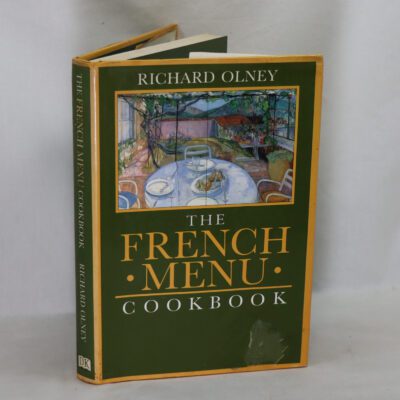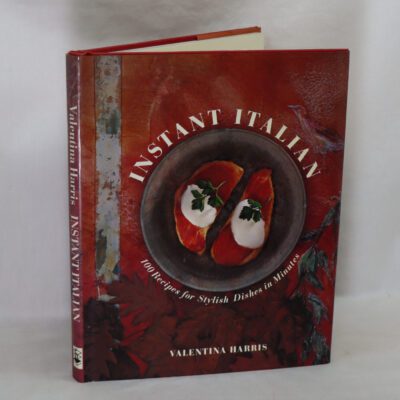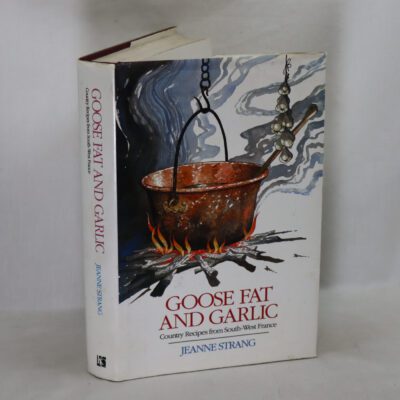The Illustrated Encyclopaedia of Arthurian Legends.
By Ronan Coghlan
ISBN: 9781854718228
Printed: 1996
Publisher: Claremont Books.London
| Dimensions | 21 × 29 × 2.5 cm |
|---|---|
| Language |
Language: English
Size (cminches): 21 x 29 x 2.5
Condition: Fine (See explanation of ratings)
Your items
Item information
Description
In the original dustsheet. The binding is the same as the dustsheet.
F.B.A. provides an in-depth photographic presentation of this item to stimulate your feeling and touch. More traditional book descriptions are immediately available.
Still one of the best reference books on King Arthur
For more than 700 years, the epic adventures of King Arthur and his knights have been one of the most potent forces in English literature. This lavishly illustrated volume examines all the different strands of the Arthurian myth, bringing together a wide variety of materials, fully complemented by paintings, engravings, maps, and family trees
Review: I’m a big fan of everything Arthur and I love dictionaries or encyclopaedias related to the legends of King Arthur. This compendium is terrifically written and illustrated so you can see depictions of Arthur, Launcelot, Guinevere, Gawain and others. Awesome book and highly recommended for Arthurian fans or even as a coffee table book.
King Arthur is a legendary king of Britain, and a central figure in the medieval literary tradition known as the Matter of Britain.
In the earliest traditions, Arthur appears as a leader of the post-Roman Britons in battles against Saxon invaders of Britain in the late 5th and early 6th centuries. He appears in two early medieval historical sources, the Annales Cambriae and the Historia Brittonum, but these date to 300 years after he is supposed to have lived, and most historians who study the period do not consider him a historical figure. His name also occurs in early Welsh poetic sources such as Y Gododdin. The character developed through Welsh mythology, appearing either as a great warrior defending Britain from human and supernatural enemies or as a magical figure of folklore, sometimes associated with the Welsh otherworld Annwn.
The legendary Arthur developed as a figure of international interest largely through the popularity of Geoffrey of Monmouth’s fanciful and imaginative 12th-century Historia Regum Britanniae (History of the Kings of Britain). Geoffrey depicted Arthur as a king of Britain who defeated the Saxons and established a vast empire. Many elements and incidents that are now an integral part of the Arthurian story appear in Geoffrey’s Historia, including Arthur’s father Uther Pendragon, the magician Merlin, Arthur’s wife Guinevere, the sword Excalibur, Arthur’s conception at Tintagel, his final battle against Mordred at Camlann, and final rest in Avalon. The 12th-century French writer Chrétien de Troyes, who added Lancelot and the Holy Grail to the story, began the genre of Arthurian romance that became a significant strand of medieval literature. In these French stories, the narrative focus often shifts from King Arthur himself to other characters, such as various Knights of the Round Table. The themes, events and characters of the Arthurian legend vary widely from text to text, and there is no one canonical version. Arthurian literature thrived during the Middle Ages but waned in the centuries that followed, until it experienced a major resurgence in the 19th century. In the 21st century, the legend continues to have prominence, not only in literature but also in adaptations for theatre, film, television, comics, and other media.
Want to know more about this item?
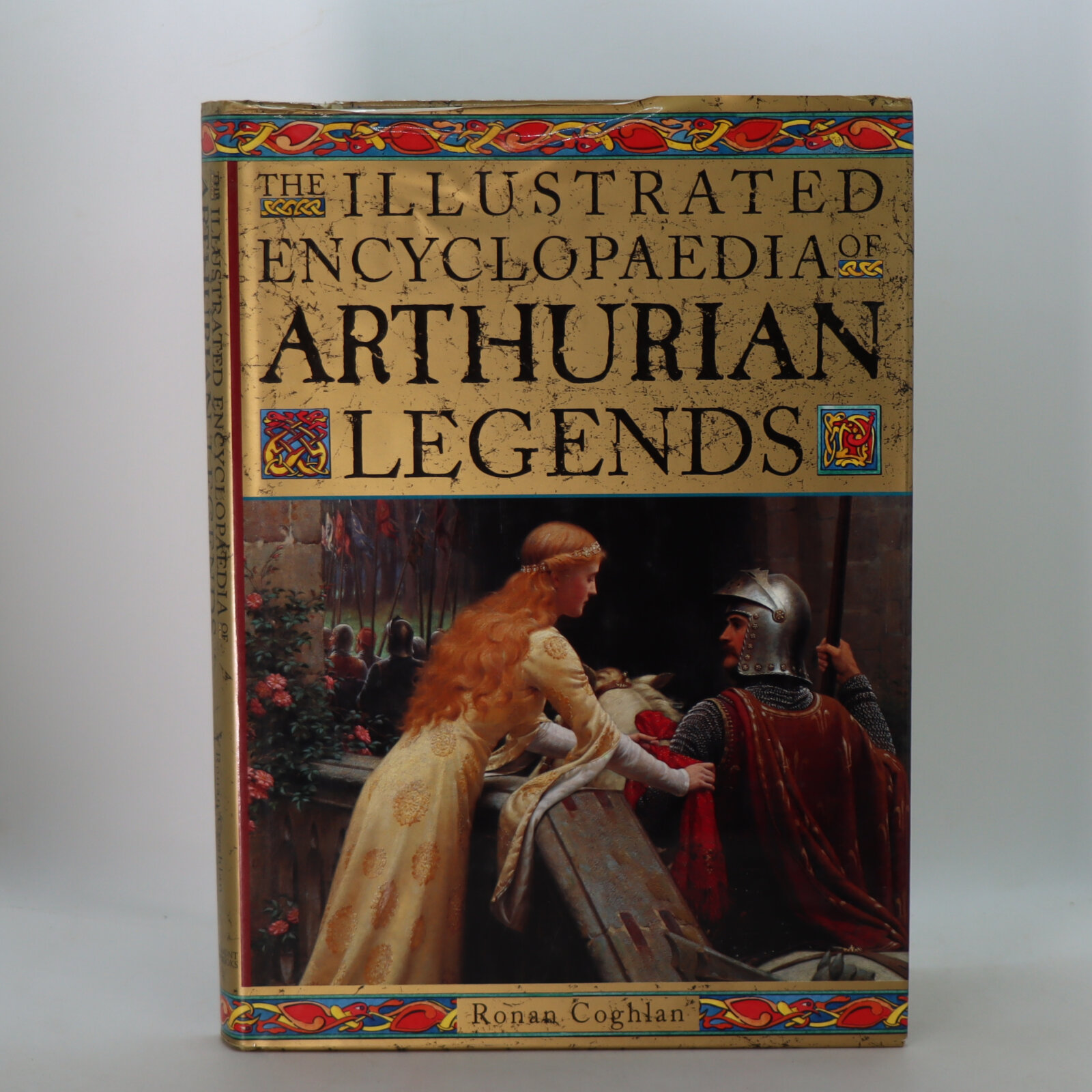
Related products
Share this Page with a friend

